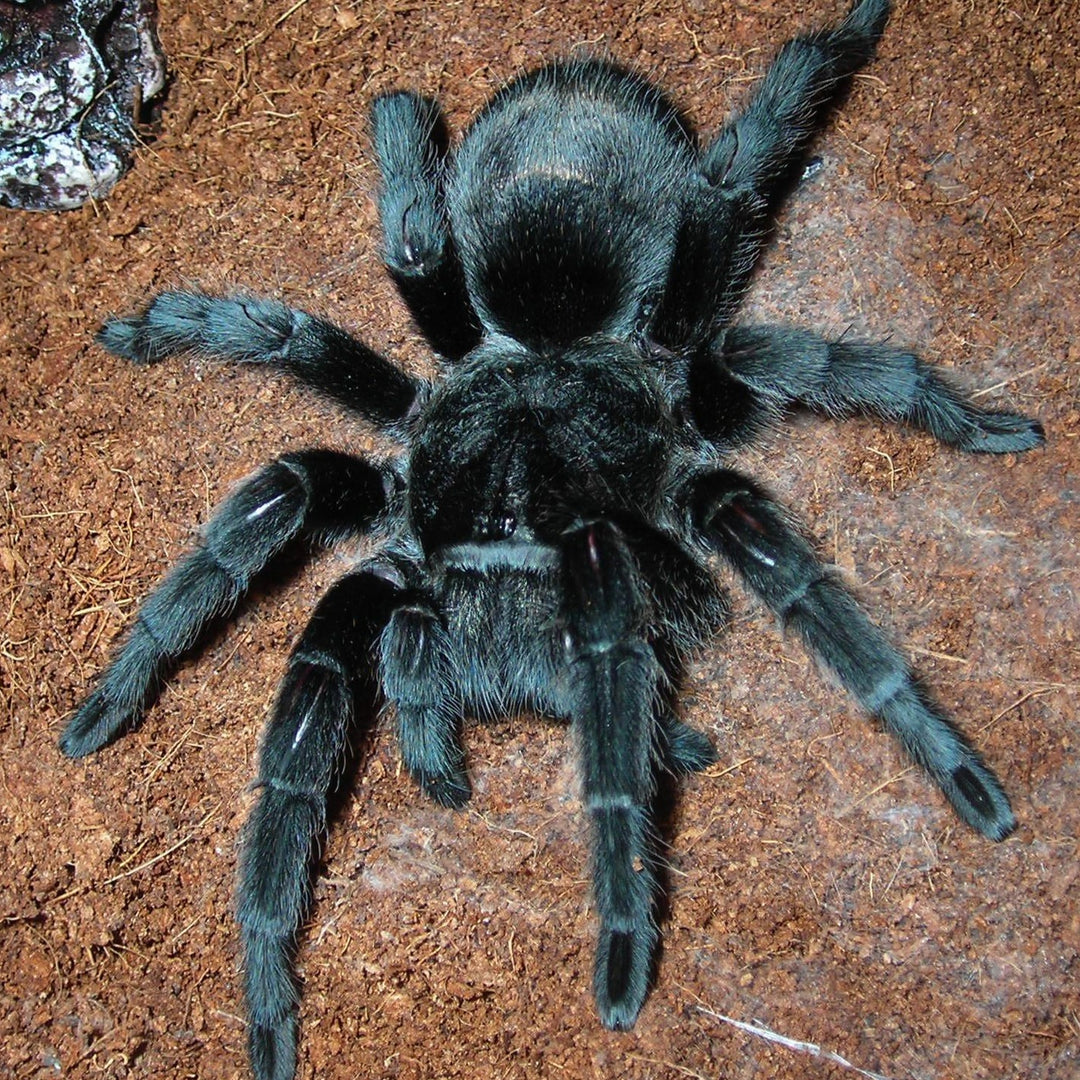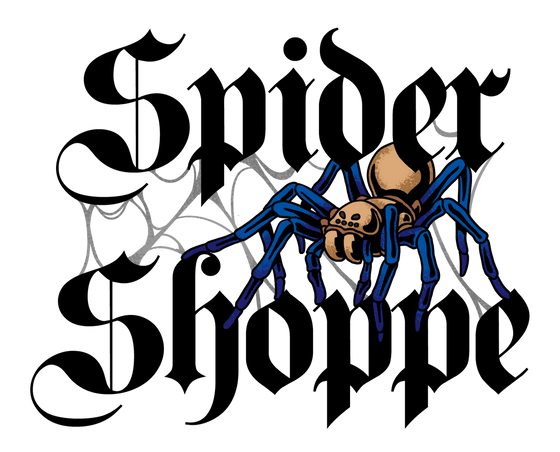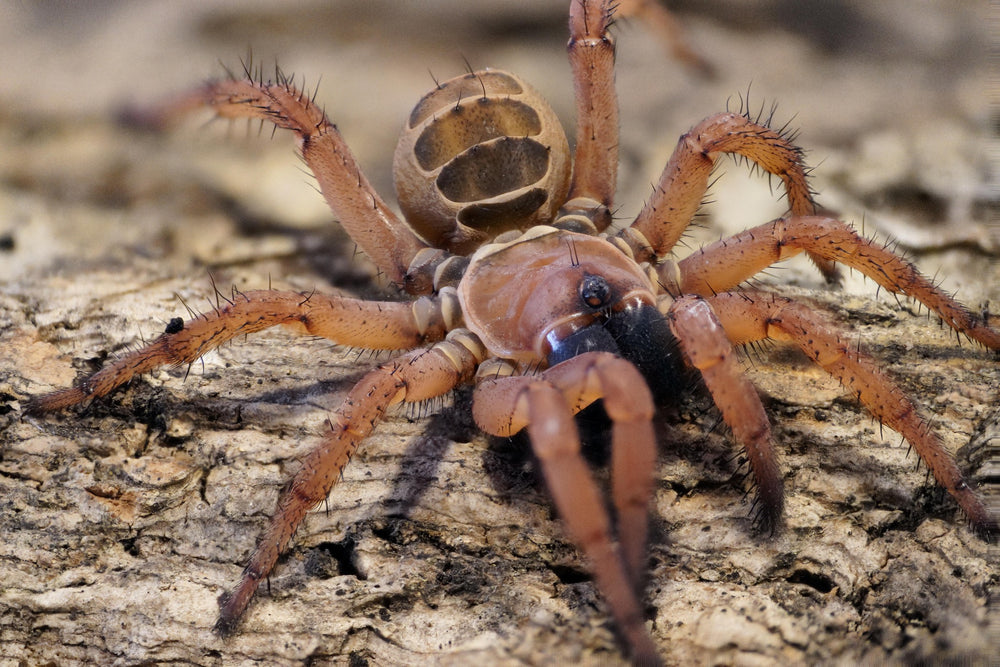
Grammostola pulchra (Brazilian Black) 3" MALE
- Live Arrival Guarantee
- Live Animals Ship FedEx Priority Overnight (Mon-Weds)
- In stock, ready to ship
- Inventory on the way
The Brazilian Black Tarantula, Grammostola pulchra (Mello-Leitão) is among the world’s most popular tarantulas, for good reason: Its name pulchra is that Latin word for “beautiful,” aptly named for its smooth, velvety, jet black pelt and sculpted physique– this is one cool cat of a spider. G. pulchra is among the most docile of tarantula species, incredibly hardy, and somewhat resembles a stuffed animal. To top it all off, G. pulchra gets quite large (up to 8” legspan), which is impressive for such a robust tank of a spider. It becomes evident why some call G. pulchra the “Black Labrador of tarantulas.”
G. pulchra is an opportunistic burrower that lives in deep tunnels under rocks and scrub within savannas and grasslands of Brazil and Uruguay. Living in a harsh, sandblasted environment with intermittent opportunities to snag prey, G. pulchra have voracious appetites but grow slowly and steadily. They start life with a pink-brown carapace and legs coupled with a dark gray abdomen as spiderlings then grade to ashy gray and eventually their adult coloration over three or so years. The wait is well worth it, though!
It is most important to ensure the enclosure of Grammostola be well-aerated, with cross ventilation. Spiderlings live a fossorial existence and readily burrow, so should be provided ample well-aerated substrate that is maintained only slightly moist. Mature specimens are not inclined to burrow and should be maintained in a well-aerated, cross-ventilated cage with more horizontal than vertical space. A substrate layer several inches thick that is kept dry to barely moist with periodic mistings works well. Mature Grammostola strongly prefer move-in-ready shelters and seldom burrow in captivity, so provide them with a shelter to build their silk hub in, such as a cork half slab. If you have been searching for a large, jet-black tarantula with a fabulous disposition, G. pulchra should be at the top of your list!
References
Mello-Leitão, 1921. XXXV.—On the genus Grammostola, Simon. Annals and Magazine of Natural History, 7(40), pp.293-305.

Info on our shipping policy can be found on our T&C page.



